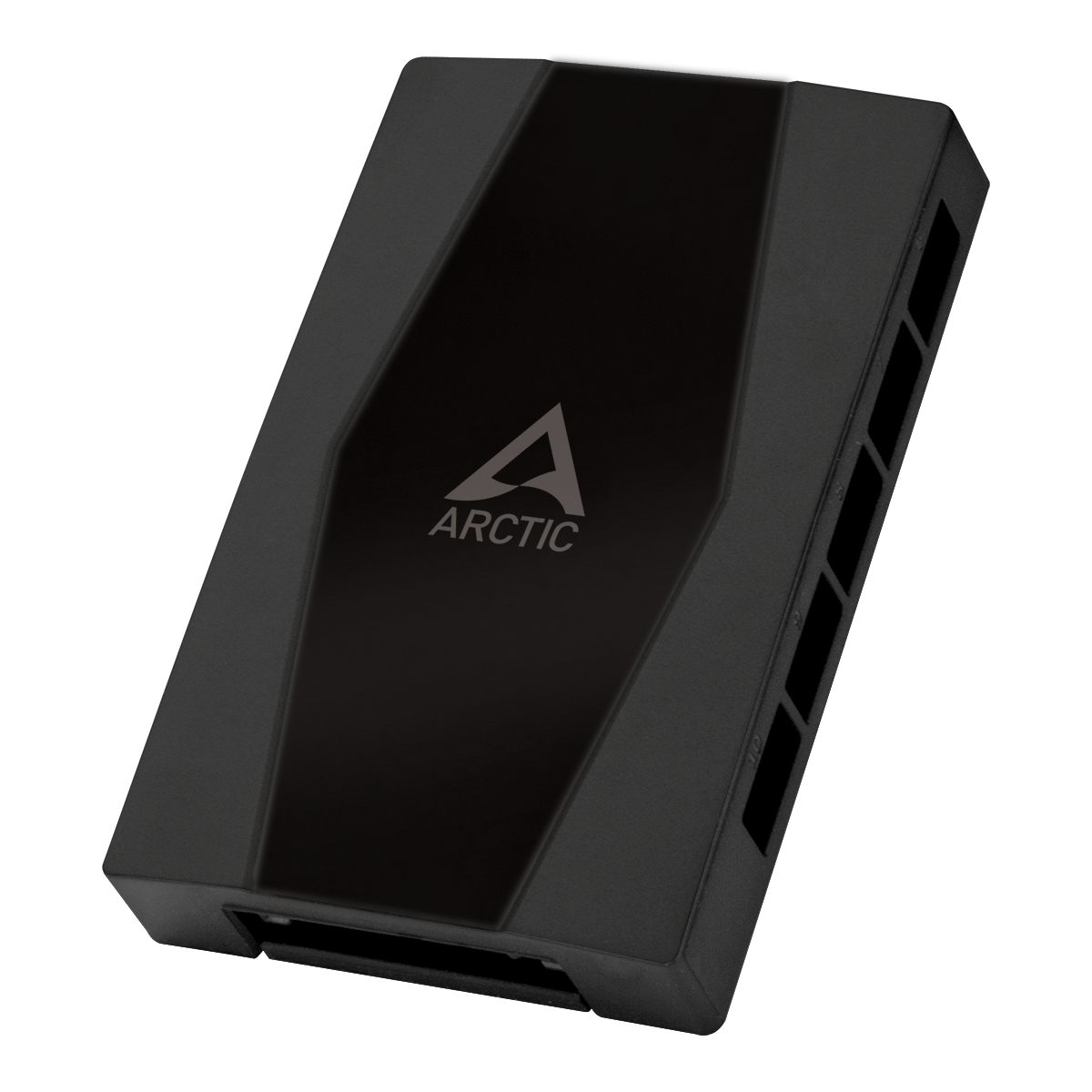Soldato
- Joined
- 31 Jan 2022
- Posts
- 3,586
- Location
- UK
How do you control your case fans?
The reason I ask is that for years I have used iCUE. Very easy and just control the fans by the CPU temp. My PC is either idle or flat out gaming, so it's very simple. Essentially the fans are low most of the time then ramp up as soon as I start gaming.
But, I am losing confidence in iCUE would like to go back to controlling the fans with the BIOS. Thing is, I seem to remember that the BIOS control was not particularly responsive. What temperatures does the average BIOS monitor? What do you use?
The reason I ask is that for years I have used iCUE. Very easy and just control the fans by the CPU temp. My PC is either idle or flat out gaming, so it's very simple. Essentially the fans are low most of the time then ramp up as soon as I start gaming.
But, I am losing confidence in iCUE would like to go back to controlling the fans with the BIOS. Thing is, I seem to remember that the BIOS control was not particularly responsive. What temperatures does the average BIOS monitor? What do you use?








